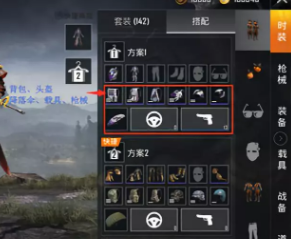what is bitcoin used for, People searches
In the evaluation of safety education in this school, it is found that students have a high degree of acceptance of self-defense techniques. After a period of teaching, students performed well in the simulation test in the face of dangerous scenes. At the same time, the school also found that due to the self-defense course, students' slapstick behavior in recess activities has also decreased, because they know better how to avoid hurting others and protect themselves.This middle school has integrated the course of self-defense in physical education class from Grade One to Grade Three. They made a systematic teaching plan, and the first stage mainly focused on the teaching of theoretical knowledge and basic movements. For example, in the theoretical course, the weak parts of the human body, such as eyes, throat and knees, will be explained in detail, so that students can understand the effectiveness of attacking these parts in self-defense. At the same time, the basic movements include simple self-defense postures, such as standing sideways and protecting the head with both hands.Judging from students' feedback, this course is very popular. In the course evaluation of each semester, the satisfaction degree of this self-defense elective course is above 90%. Many students said that after learning self-defense, not only their physical fitness has been improved, but also they feel more secure when they go out alone. The school security department also reported that since the course was offered, the accidents involving students on campus have been reduced to a certain extent, especially some small physical conflicts, and students know how to protect themselves in the right way.
The way this primary school integrates self-defense into physical education class is very interesting. They use gamification teaching methods. For example, in the physical education class in the lower grades (Grade 1-3), teachers will design some games similar to "small animals avoid danger". Divide the students into groups. Students in each group play small animals, while students in the other group play dangerous "hunters". "Small animals" need to use simple self-defense actions learned in class, such as fast running and sideways avoidance, to avoid the capture of "hunters".The way this primary school integrates self-defense into physical education class is very interesting. They use gamification teaching methods. For example, in the physical education class in the lower grades (Grade 1-3), teachers will design some games similar to "small animals avoid danger". Divide the students into groups. Students in each group play small animals, while students in the other group play dangerous "hunters". "Small animals" need to use simple self-defense actions learned in class, such as fast running and sideways avoidance, to avoid the capture of "hunters".Physical education class of this university has an elective course of self-defense, and the content of the course is very diversified. They integrated the essence of traditional Wushu into it, such as the principle of using force to fight in Tai Ji Chuan, which was applied to the teaching of self-defense. Teachers will explain how to skillfully use each other's strength to resolve attacks and fight back when facing powerful attackers.
In the senior grades (grades 4 to 6), the teaching is conducted by means of scenario simulation. For example, simulating a scene where a stranger pulls on the road, the teacher will guide students how to deal with the danger by shouting for help and using schoolbags and other items for self-defense. This interesting and practical teaching method allows students to learn self-defense in a relaxed and pleasant atmosphere.Self-defense Self-defense into physical education class: A Successful Example of the School.2. Teaching achievements
Strategy guide
12-14
Strategy guide
Strategy guide
Strategy guide
12-14
































